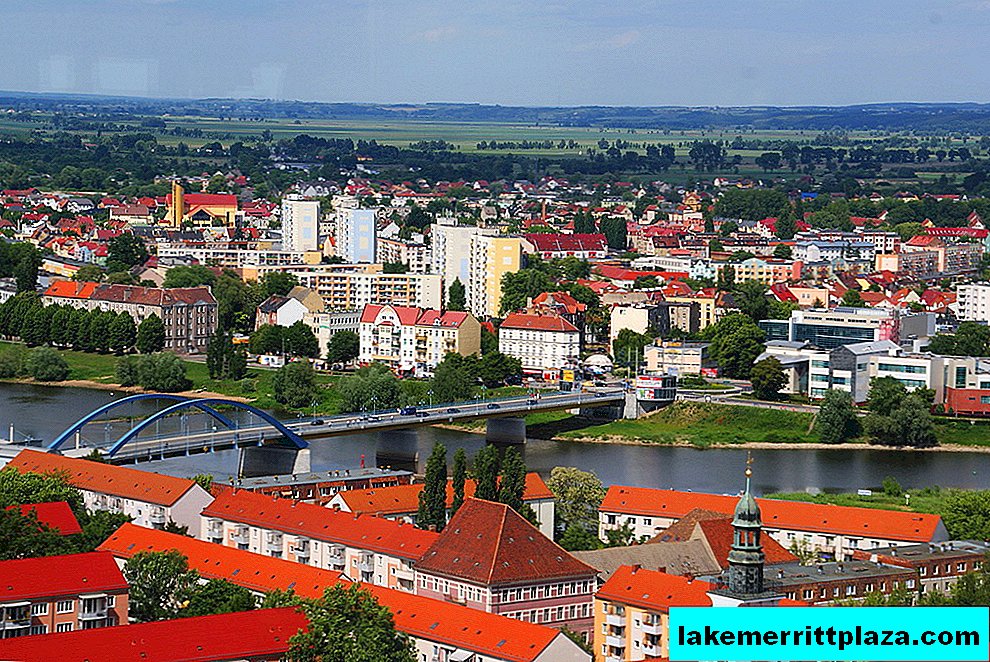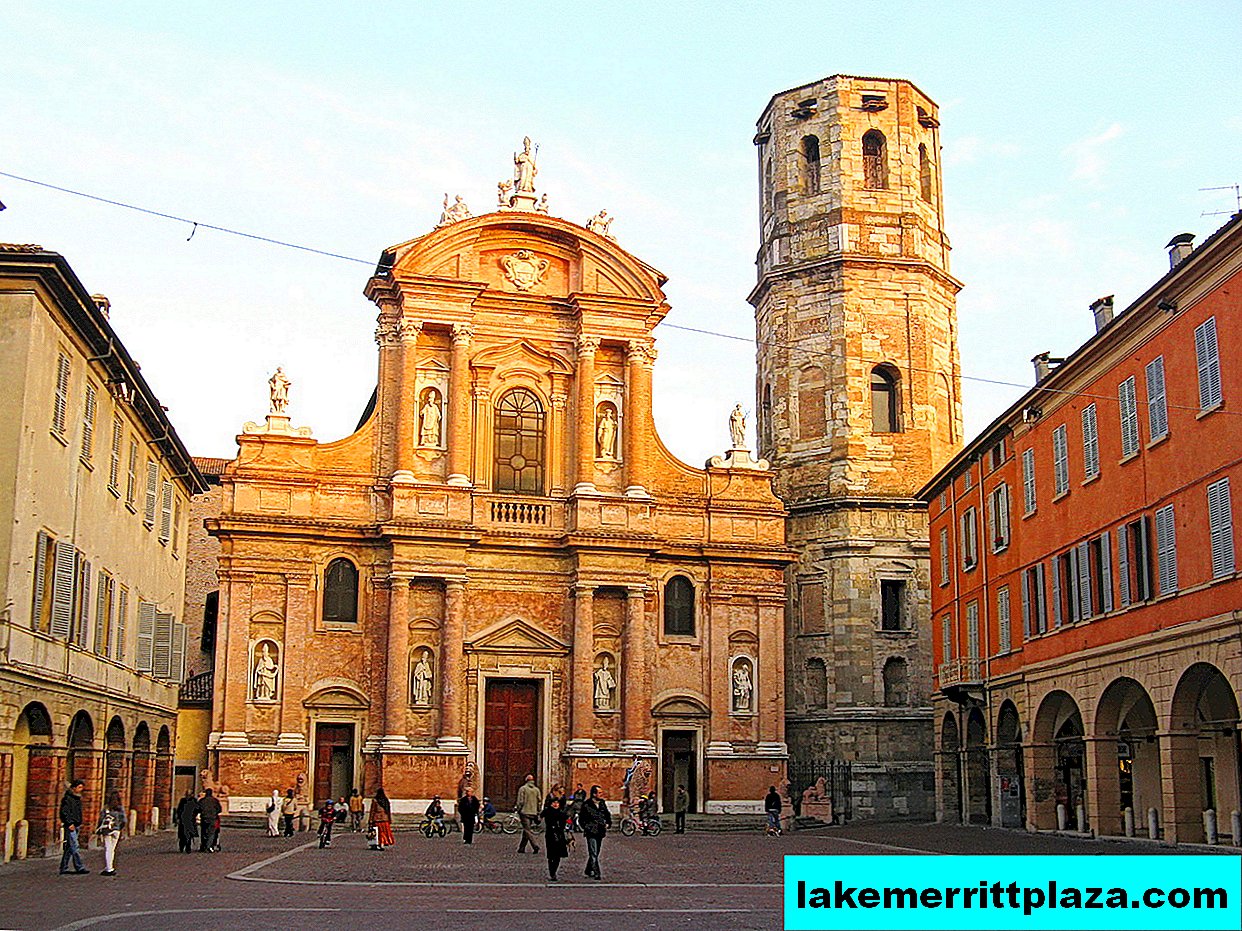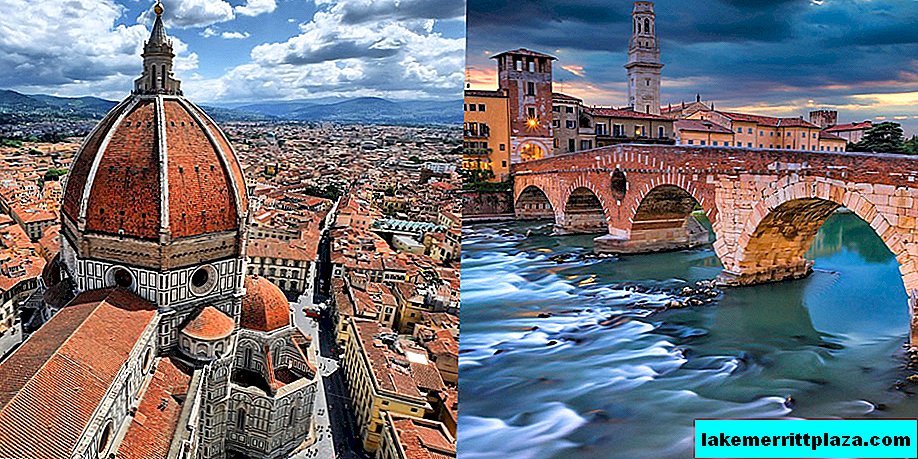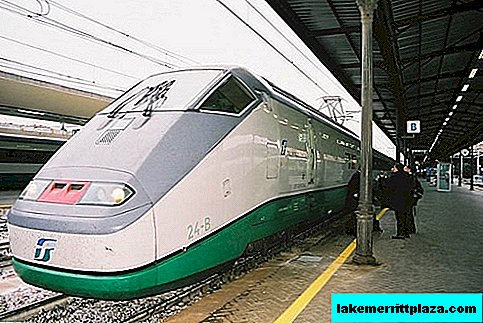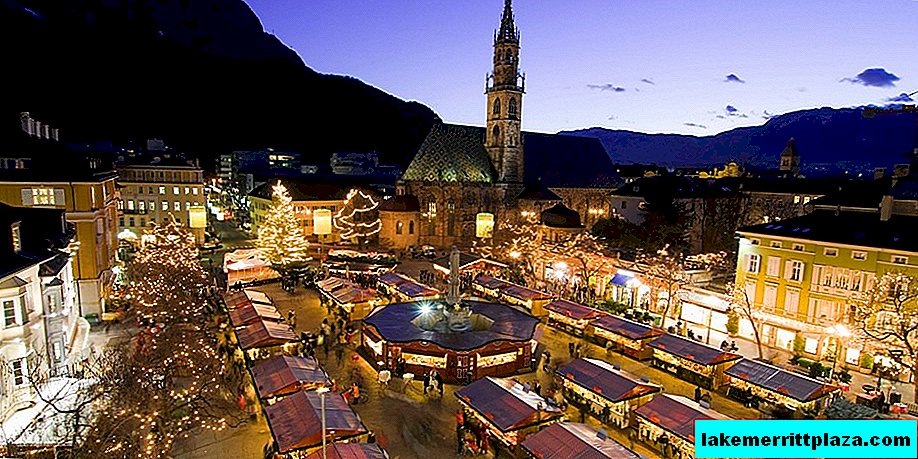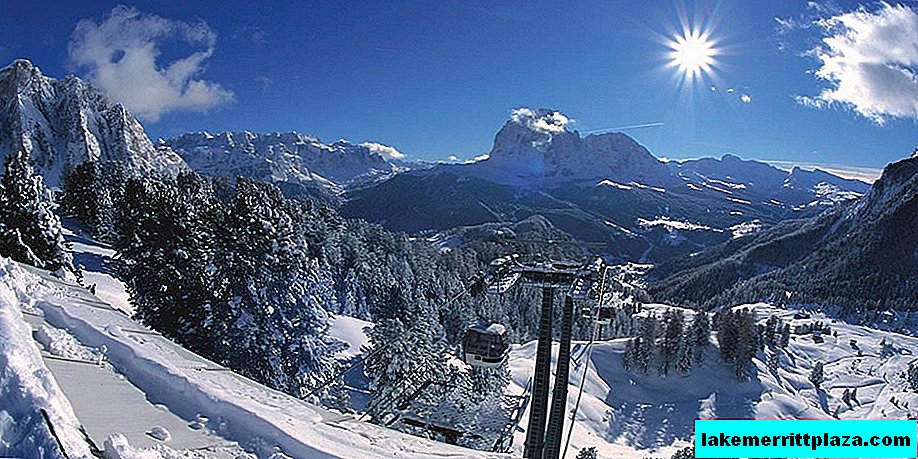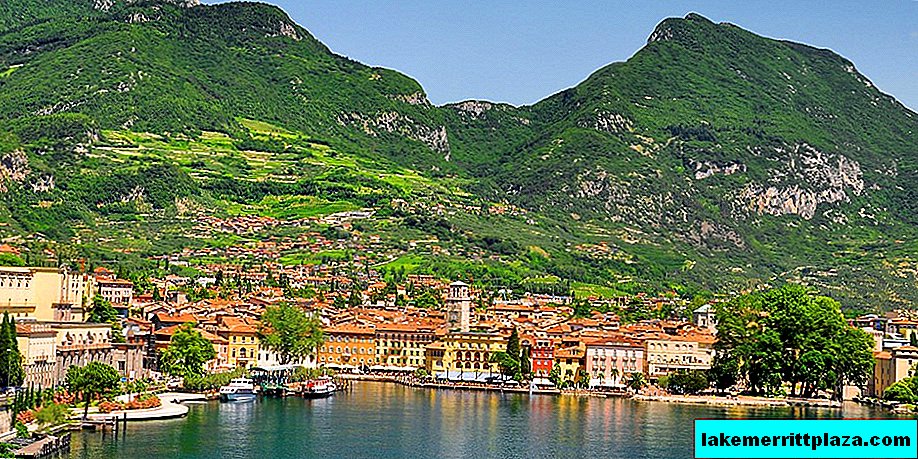Paolo Costa, the head of the port of Venice, hopes that the city will again become a significant figure in terms of shipping and profit.
The authorities in Venice announced the construction of a huge port in the city, despite a recent decree prohibiting cruise liners from entering Venice starting in 2015. Paolo Costa, the mayor of the city in the past and the head of the Venetian port in the present, explained that Venice risks becoming only a monument of architecture, the only source of income for which will remain tourists. That is why, says Costa, it is necessary to return the city to its former shipping power by building a huge port complex. The former mayor said that the construction will also help protect the city from the open sea.
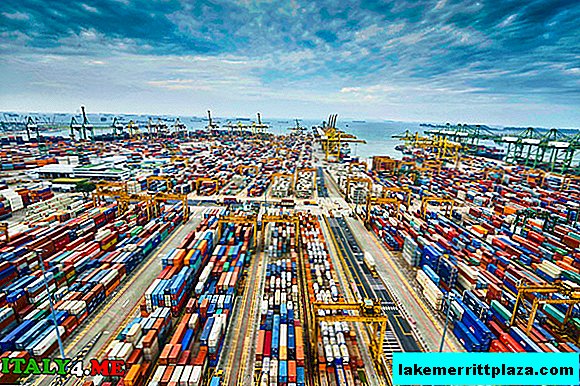
With the help of the port, according to Costa, Venice will be able to unload the current terminal in Porto Marghera, located in a lagoon in the heart of the historical part of the city, known for its canals, stone bridges, palaces and other objects of cultural value.
It is assumed that the construction of a new complex will cost the city from 2 to 2.8 billion euros. Funding will come from both the state and private individuals. The port will appear eight miles from the city, where the depth of the sea reaches more than 20 meters, which is the best indicator for cargo ships. Moreover, the authorities expect to build waveguides around the construction and to place a base oil storage near the port.
Today, the port of Venice has a minimal load, especially when compared with giants such as Rotterdam and Singapore. Considering the generally accepted indicator of the trade load on the port, calculated in TEU (twenty-foot equivalent), it is worth noting that 60 million TEUs fall on Singapore each year, 12 million TEUs on Rotterdam, while only 450 thousand TEUs on Venice.
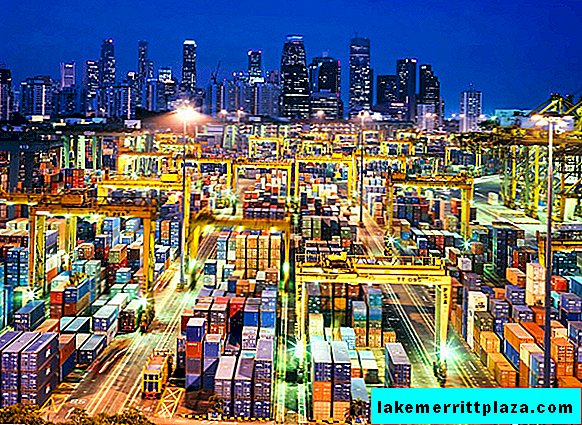
“By building such a facility, we can improve and develop the port, as well as protect the lagoon,” says Costa. "Venice cannot remain only an architectural monument. Without an influential port, the city will perish. The new platform will allow the whole Adriatic, not only Venice and Trieste, to regain their former influence in international trade. Today we have the opportunity to reconnect East and West with one large port on the Adriatic. "
The head of the Venetian port also called for the start of construction of a new canal in the lagoon, which would allow huge liners to easily get to a special terminal. According to Costa, he hopes that the canal can be dug in two years. “Taking into account the fact that the size of the ships has tripled in recent years, it is urgent to solve this problem.”
Earlier this month, Italian authorities announced their plans to ban cruise liners and large vessels with a carrying capacity of more than 96,000 tons from following their usual route when entering Venice. Today, it runs past San Marco Square and the Canal Grande. Starting in 2015, ships will pass through the new channel of the Contorta San'Angelo.

